Disclosure: This article contains affiliate links. We may earn a commission from purchases at no extra cost to you, which helps our travel content.
The first time I visited Ames, Iowa, I expected the typical college town experience – campus tours, sports venues, and chain restaurants catering to homesick students. What I discovered instead was a place where prairie ecology, indigenous history, and small-town creativity converge in ways that even four-year students often graduate without experiencing. After spending several weekends exploring beyond the university bubble, I've compiled this guide to the real Ames – the one that exists beyond the shadow of Iowa State's campanile.
Hidden Natural Escapes: Where Prairie Meets Woodland
While students flock to central campus to study under autumn-painted trees, locals know that Ames sits at a fascinating ecological crossroads worth exploring. The Skunk River Greenbelt is where I first discovered this town's natural complexity – a 10-mile corridor where remnant tallgrass prairie transitions into oak-hickory woodland.
McFarland Park, just 5 miles northeast of campus, offers the perfect introduction to Iowa's native ecosystems. The Conservation Center here houses interactive exhibits, but the real magic happens on the trails. During my September visit, the restored prairie blazed with goldenrod and purple asters while monarch butterflies made their final fuel stops before migration. The 6.5 miles of trails range from accessible boardwalks to more challenging woodland paths.
For a more immersive experience, I packed my water filter bottle and spent a full day exploring the Skunk River Water Trail by kayak. Launching from River Valley Park, the 5-mile paddle to Peterson Pit offers glimpses of wildlife most students never see – from great blue herons to the occasional river otter. The gentle current makes this accessible even for beginners, though fallen trees can create obstacles after storms.
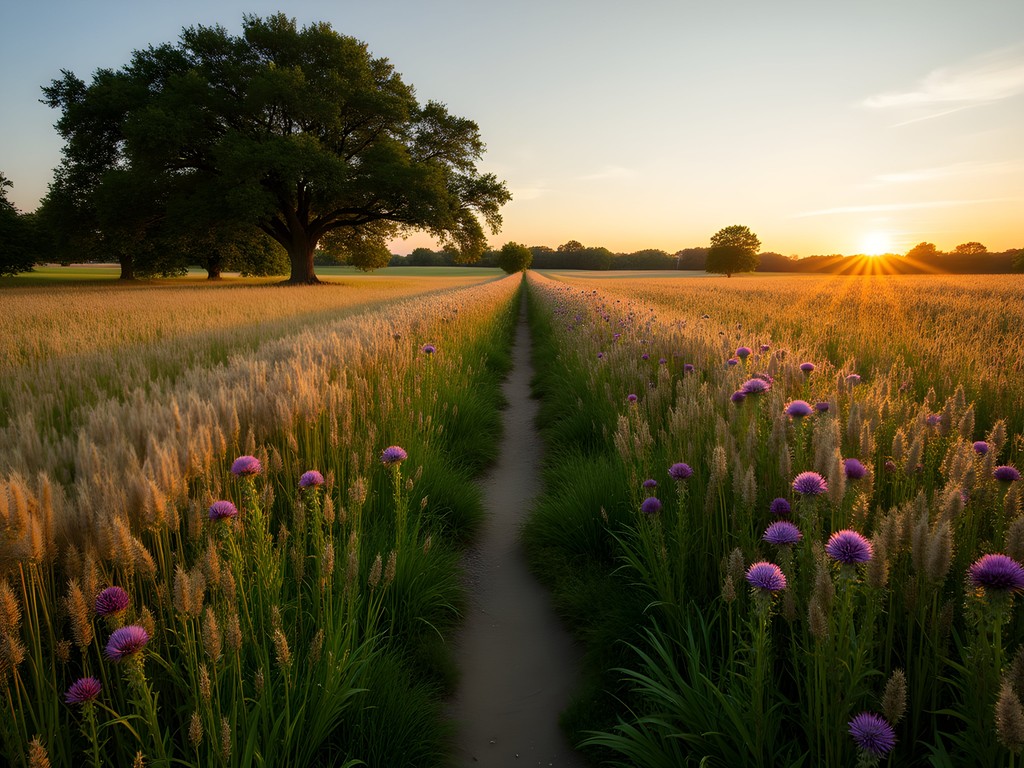
💡 Pro Tips
- Visit McFarland Park early morning or late afternoon for the best wildlife viewing and photography opportunities
- Rent kayaks from Skunk River Paddlers (student discounts available with ID) for $25/day
- Download the Prairie Corridor Trail Map from the Story County Conservation website before visiting – cell service can be spotty
Indigenous Heritage: The Stories Campus History Courses Don't Tell
Few students realize that beneath Iowa State's manicured grounds lies a complex indigenous history rarely addressed in university curricula. The land where Ames sits was primarily Meskwaki (Fox) and Sauk territory, with the Ioway and Sioux also maintaining historical connections to the region. My fascination with indigenous history began during my work with Navajo interpreters at Canyon de Chelly, and I've found that same depth of story here in central Iowa – if you know where to look.
Start at the Brunnier Art Museum on campus, which houses a small but significant collection of indigenous artifacts. What makes this collection special is the ongoing collaboration with Meskwaki Nation consultants who help provide cultural context. When I visited, I was particularly moved by the traditional fiber arts display that connected historical pieces with contemporary Meskwaki artists.
For a more immersive experience, I recommend the guided Indigenous History Walk offered monthly by the Ames Historical Society (check their website for dates). Our guide, a graduate student in anthropology with tribal connections, pointed out landscape features and plant species that held significance for the area's original inhabitants. I recorded the walk using my pocket voice recorder, which helped me capture the rich oral histories shared during our three-hour exploration.

💡 Pro Tips
- Call the Brunnier Art Museum ahead to check if any special indigenous exhibitions are running during your visit
- The Indigenous History Walk requires advance registration ($15/person) and sturdy walking shoes
- Visit the Ames Public Library to access their special collection of Meskwaki language materials and oral histories
Underground Art Scene: Studios and Spaces Hidden in Plain Sight
When most students think of art in Ames, they picture the formal galleries on campus. But the town harbors a vibrant creative community that operates just beyond the university's reach. The Creative Artists' Studios of Ames (CASA) in the historic downtown district houses working studios for over 20 local artists, with open studio nights on the first Friday of each month. During my visit, I watched a glassblower transform molten material into delicate prairie-inspired sculptures while chatting about the influence of Iowa's landscapes on her work.
The most surprising discovery was the Morning Bell Coffee Roasters' back room gallery. This unassuming coffee shop transforms into an exhibition space featuring rotating shows by local and regional artists. I spent a rainy afternoon sketching in my waterproof sketchbook while sipping their signature cardamom latte and absorbing the current exhibition of prairie landscape photography.
For a truly unique experience, time your visit to coincide with the Ames Artwalks (spring and fall). Local businesses throughout downtown transform into temporary galleries, with artists demonstrating techniques from printmaking to pottery. The fall Artwalk coincides with the harvest season, creating a perfect opportunity to experience both the artistic and agricultural heritage of central Iowa.
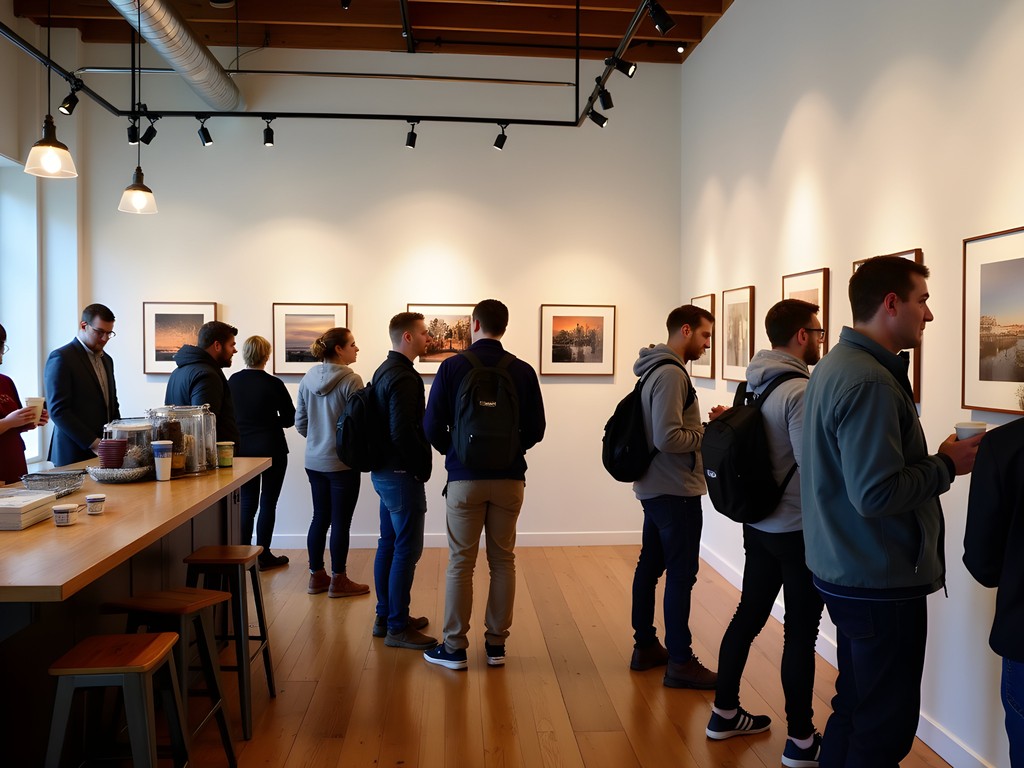
💡 Pro Tips
- Check CASA's website for their First Friday schedule – some months feature special demonstrations or workshops
- Morning Bell's back gallery is open whenever the coffee shop is, but Thursday evenings often feature artist talks
- Many downtown businesses display local art year-round – ask for the unofficial 'art map' at the Octagon Center for the Arts
Budget Foodie Finds: Beyond Campus Meal Plans
The dining scene in Ames suffers from a reputation limited to campus dining halls and Campustown chains. Yet some of central Iowa's most innovative cooking happens in unassuming locations throughout town. The key is knowing where locals eat when they're celebrating something special – without breaking the bank.
Indian Palace, tucked into a strip mall on the north side of town, serves the most authentic South Indian cuisine I've found in the Midwest. Their weekend lunch buffet ($14.95) features rotating specialties rarely found on standard Indian-American menus. During my last visit, I discovered their masala dosa – a crispy fermented rice crepe filled with spiced potatoes – that transported me straight back to my travels in Tamil Nadu.
For farm-to-table dining that won't empty your wallet, The Café (not to be confused with any campus cafeterias) sources ingredients from farms within a 50-mile radius. Their seasonal menu changes weekly, but their Saturday brunch is consistently excellent. I've become slightly obsessed with their buckwheat pancakes topped with prairie honey and black walnuts foraged from local woodlands.
My absolute favorite food discovery was the Ames Main Street Farmers' Market (Saturday mornings, May-October). Beyond just produce, you'll find prepared foods representing the town's surprising diversity. I always bring my collapsible food container to carry home treats like Bosnian burek or Salvadoran pupusas from family-run stands. The market becomes a community gathering space where international students, professors, and multi-generation farming families mingle over coffee and pastries.
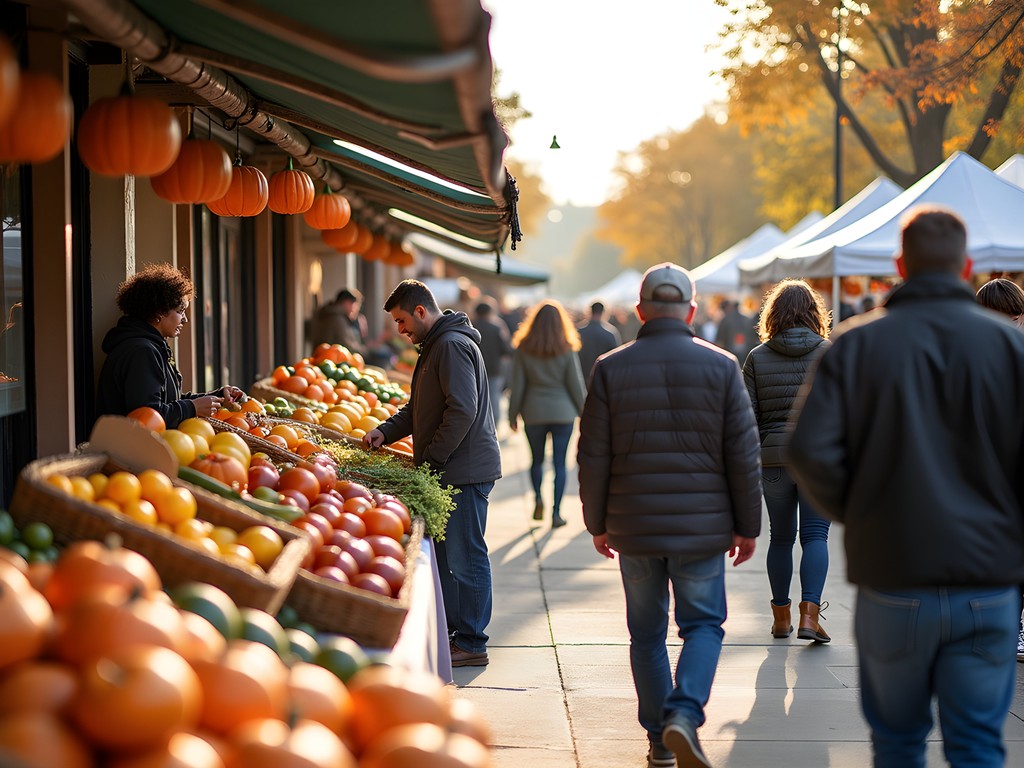
💡 Pro Tips
- Indian Palace's buffet is busiest right after church on Sundays – go at 11 AM when they open or after 1:30 PM to avoid crowds
- The Café takes limited reservations; put your name on the list and explore nearby shops while waiting
- Bring cash for the farmers' market – many smaller vendors don't accept cards
Historical Haunts: Time Travel on a Student Budget
While Iowa State's campus has its share of historic buildings, Ames itself is a living museum of Midwestern development that spans from indigenous settlements through the railroad era to mid-century modernism. The most fascinating sites are often free to explore and offer insights into the forces that shaped this region long before the university existed.
Start at the Hoggatt School, a restored one-room schoolhouse from 1862 that predates Iowa State by a decade. Open Sunday afternoons (free admission, donations welcome), this tiny building tells the story of frontier education through period furnishings and interpretive displays. During my visit, a volunteer whose grandmother had attended the school shared family stories that brought the austere space to life.
The Iowa State University Farm House Museum might technically be on campus, but it's overlooked by most students. As the first building on what would become the Iowa State campus, this 1860 structure reveals how agricultural science transformed the prairie. The kitchen garden features heritage varieties of vegetables and medicinal herbs that early settlers would have grown.
My favorite historical discovery was the Ames History Museum's walking tour app. I downloaded it to my phone and used my foldable bluetooth earbuds to follow the audio guide through downtown. The tour revealed hidden stories behind ordinary-looking buildings – like the former speakeasy concealed behind a candy shop during Prohibition, or the boarding house where George Washington Carver stayed while studying at Iowa State.
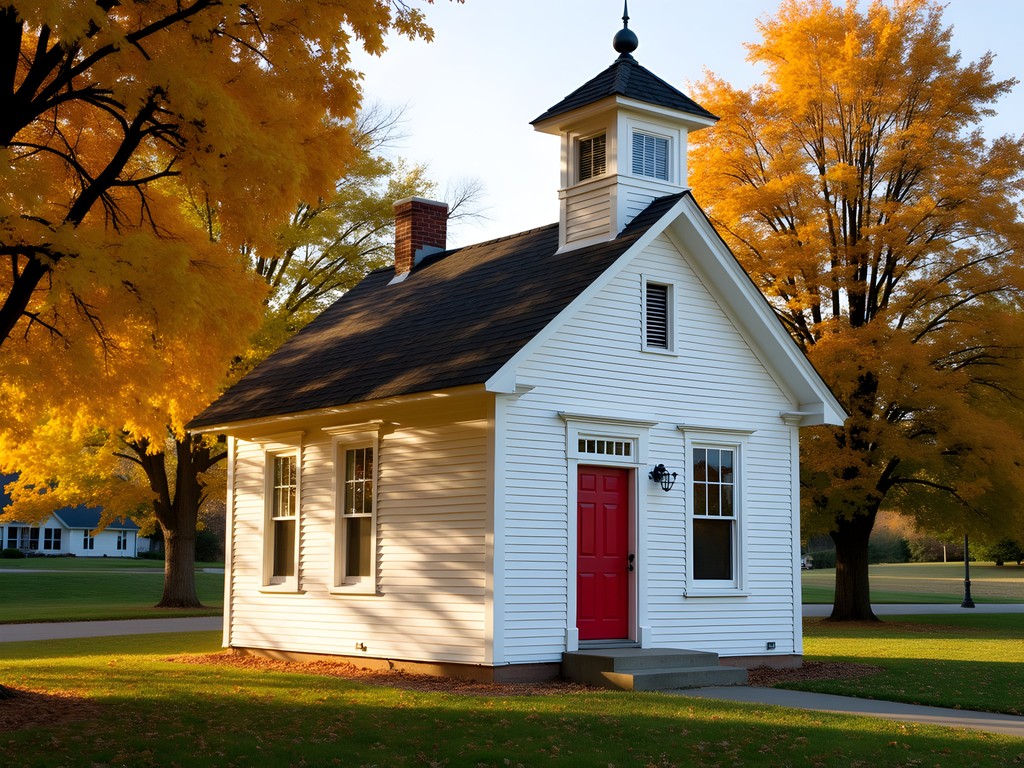
💡 Pro Tips
- The Hoggatt School occasionally hosts living history demonstrations – check the Ames Historical Society website for special event dates
- The Farm House Museum is free but has limited hours – Thursday through Sunday afternoons only
- Download the walking tour app before your visit and bring a portable charger – the GPS features drain battery quickly
Final Thoughts
Ames exists in two parallel dimensions: the university-centered world that students inhabit for four years, and the deeper, richer community that has evolved around it for generations. The real magic happens when these worlds intersect – when students venture beyond campus boundaries and locals share their knowledge of this unique ecological and cultural crossroads.
As someone who's spent years documenting the hidden stories of American landscapes, I've found that college towns like Ames often contain some of our most overlooked cultural treasures. The next time you find yourself in central Iowa – whether as a student, parent, or curious traveler – resist the gravitational pull of campus life for at least one day. Step into the tallgrass prairie that once covered this land, listen to the indigenous stories that preceded settlement, taste the global flavors that have found a home here, and connect with the artists and historians keeping Ames' many traditions alive.
The true education happens where these worlds collide – in the spaces between what's listed in the university catalog and what's whispered among those who call this prairie home.
✨ Key Takeaways
- Ames offers rich ecological experiences where tallgrass prairie meets woodland ecosystems
- Indigenous history provides crucial context for understanding the landscape beyond the university narrative
- Local art scenes flourish in unexpected spaces throughout town
- Budget-friendly international cuisine reflects surprising cultural diversity
- Historical sites reveal the town's evolution from frontier settlement to college community
📋 Practical Information
Best Time to Visit
September-October (fall semester)
Budget Estimate
$150-250 for a weekend (accommodation, food, activities)
Recommended Duration
2-3 days
Difficulty Level
Moderate

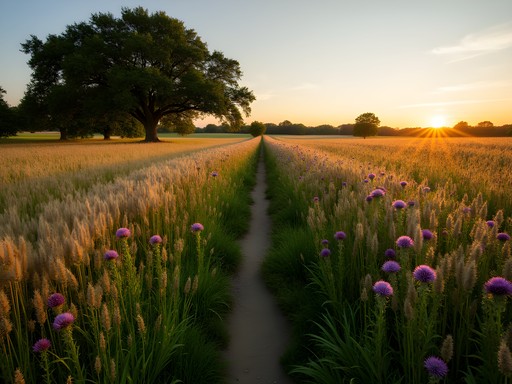
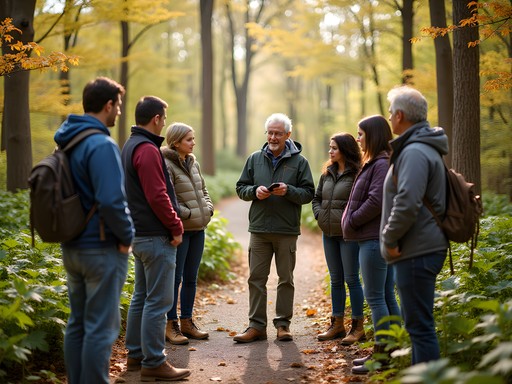
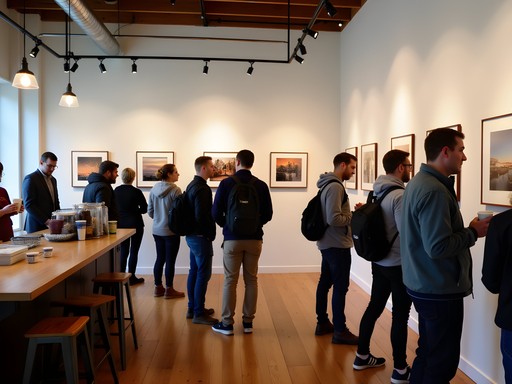
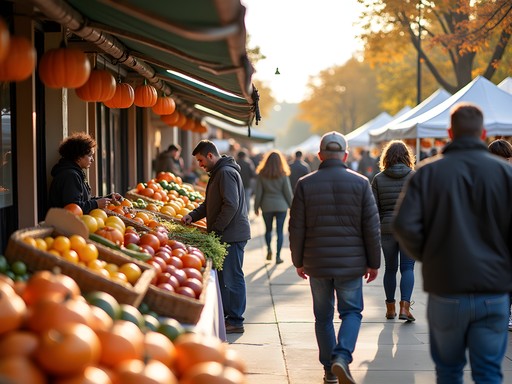
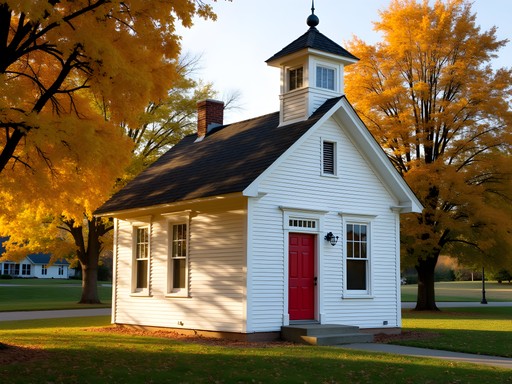








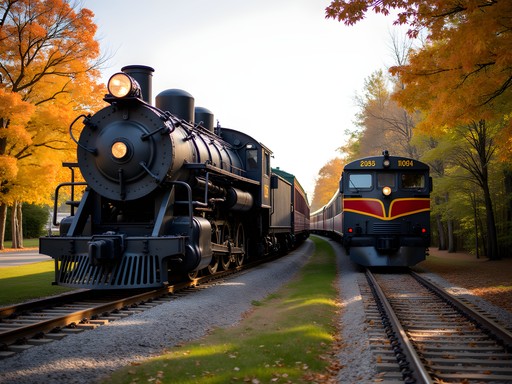
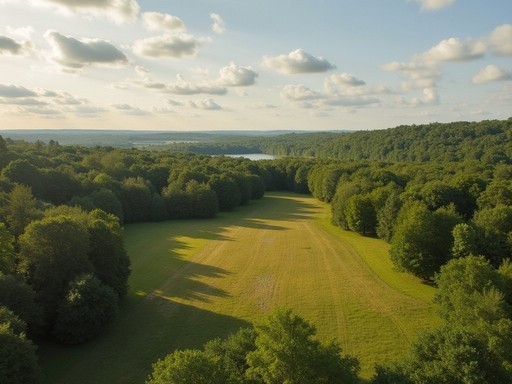
Comments
redguy
Born and raised in Ames and even I learned some new spots from this post. That section about indigenous heritage sites was eye-opening.
wanderlustace
How accessible are those natural escapes if you don't have a car? Planning to visit my cousin at ISU next month but won't have wheels.
cityking
The CyRide green route gets pretty close to Ada Hayden, and you can definitely bike to Munn Woods from campus! The others might need a car or at least a good bike though.
journeyguy
Just got back from Ames and used this guide to explore beyond the campus bubble. Those nature trails were incredible - saw three deer at sunset! The Indigenous heritage section was eye-opening. Found those stone markers you mentioned and it really changed my perspective on the area's history. The food recommendations were spot on too - that taco truck behind the laundromat was life-changing and so cheap. One thing to add: if you go on Thursday evenings, there's an informal jam session at that coffee shop near the art studios. Locals with guitars, banjos, whatever just show up and play together. Super chill vibe and completely free!
backpackzone
That jam session sounds awesome! Do they welcome newcomers or is it a closed group?
journeyguy
Super welcoming! I just sat and listened but saw someone join in who was just visiting. They passed around a tip jar for the coffee shop staff but otherwise it's just people enjoying music together.
Hunter Thompson
Mate! This post is absolute gold! I backpacked through Iowa last summer and spent 3 days in Ames thinking it would just be a quick stopover. Ended up staying a week! That underground art scene you mentioned is LEGIT. I stumbled into an impromptu jazz performance in someone's basement gallery and it was one of the highlights of my entire US trip. Also, that Vietnamese place you hinted at in the Budget Foodie section - if it's the one I'm thinking of (little family spot with the grandma cooking in the back?), their pho changed my life. Seriously underrated food scene in Ames!
cityking
Just graduated from ISU and I missed like 90% of these places! Wish I'd seen this earlier!
smarttime
Any recommendations for where to stay if we want to explore these hidden spots? We're coming for a weekend in November.
Hunter Thompson
Not the author but I stayed at a brilliant little B&B just north of downtown called The Prairie Patch. Family-run place with the most incredible breakfast spread I've had in the Midwest. The owner Marge knows all the local spots too - she pointed me to a hidden trail system that wasn't on any maps I had. Take your hiking boots if you go in November though - it gets proper muddy after the rains!
Marco Flores
Robert, this reminds me so much of my time exploring small American college towns! The parallel dimensions you describe are so real - I experienced the same in Madison, Wisconsin. Those indigenous heritage sites you mentioned caught my attention though. I spent an afternoon at the site near Peterson Park last spring and the storytelling experience was profound. The elder who guided us shared stories that completely reframed my understanding of the land. Did you try that amazing underground bakery near the art studios? The one with the blue door that only opens Thursday-Saturday?
redguy
Wait, what bakery with a blue door? I've been a student at ISU for 3 years and never heard of this! Can you share the location?
Marco Flores
It's called Wheat & Stone, tucked behind that row of art studios on Clark Avenue. Very easy to miss! They don't advertise and only take cash. The sourdough is worth the hunt!
wanderstar
Never would have thought Ames had so much to offer! Those hidden natural escapes sound amazing!
wintermood
Love this post! I'm planning a weekend in Ames next month. Can anyone tell me more about those 'underground art studios'? Are they open to the public or do you need to know someone? Also, has anyone tried those budget foodie places? I'm traveling with my travel backpack and trying to keep expenses low while exploring these hidden gems!
Hannah Woods
I visited Ames last year during my cross-country road trip and stumbled upon that prairie-woodland area you mentioned. The ecological diversity was fascinating - reminded me of similar transition zones I've seen in Eastern Europe. What struck me most was how the Indigenous heritage sites were completely absent from the official university tour. I ended up connecting with a local historian who showed me those stone markers and explained their significance. I'd add one more food recommendation to your list: that tiny family-run Vietnamese place about 3 blocks east of campus. The owner told me they've been there for 25 years but most students never venture that far off the main drag. Great piece highlighting the dual nature of college towns!
wintermood
Ooh which Vietnamese place? I'm heading there next week and would love to try it!
Hannah Woods
It's called Pho Real (cute name, right?). Small storefront, easy to miss, but the broth is incredible. Cash only though!
Venture X
Premium card with 2X miles, $300 travel credit, Priority Pass